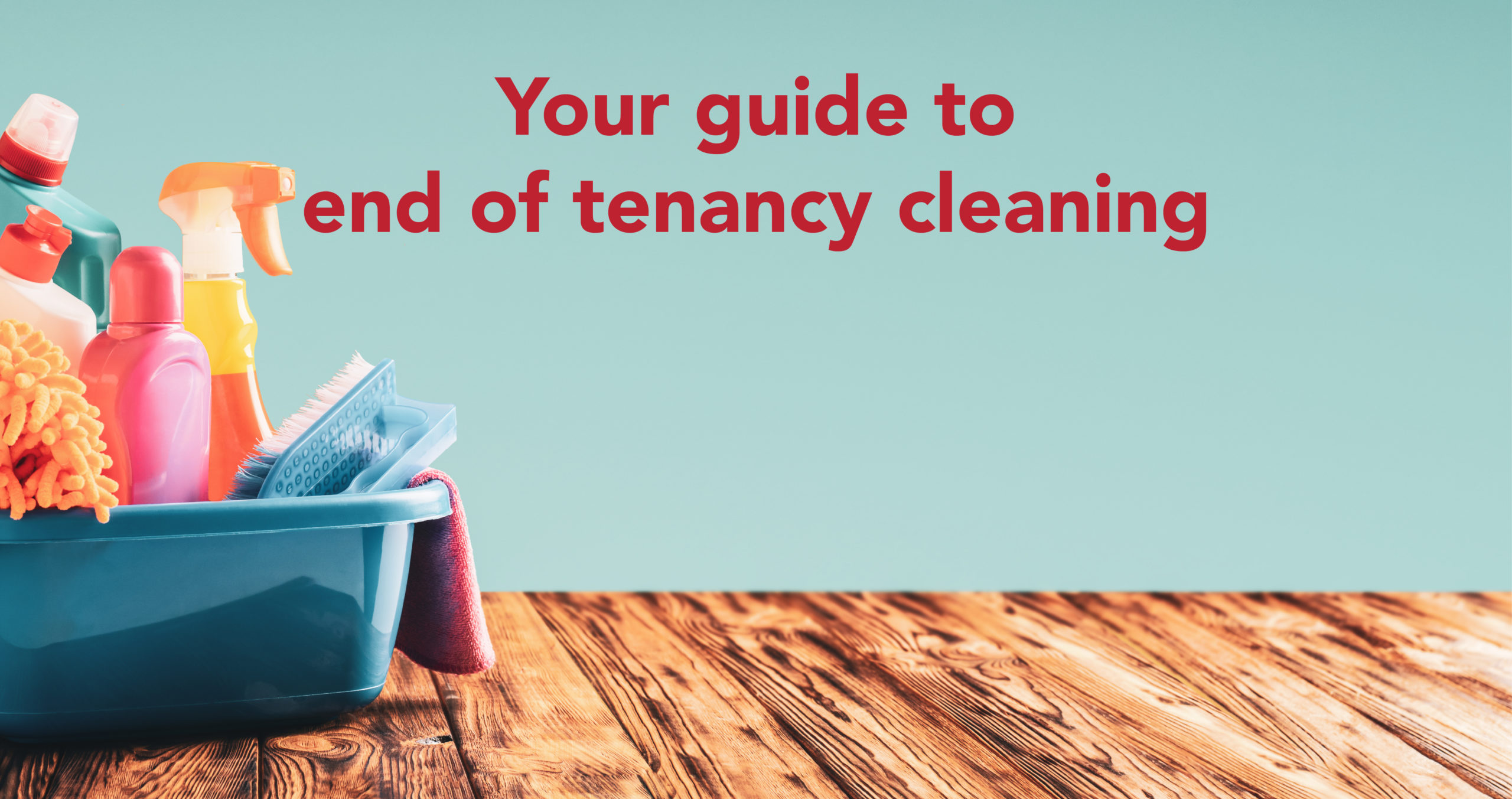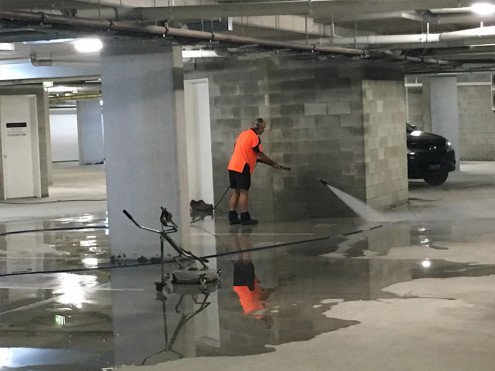End of Tenancy Cleaning: Guide for Landlords
If you’re a landlord looking to put your house on the rental market in 2024, you should understand the importance of end-of-tenancy cleaning. While renters have their role in maintaining a property, it’s vital to ensure the house is in good condition before the next tenant moves in.
In this guide, we’ll cover everything from the importance of end-of-tenancy cleaning to its difference from a deep clean. You’ll also learn when landlords can deduct such maintenance costs from a tenant’s security deposit, which can help both parties navigate such a complex issue. So, let’s dive in:
Table of Contents
Importance of End of Tenancy Cleaning

Before examining how to conduct a post-tenant clean-up, here are some reasons tenancy cleaning is so important:
-
It Creates a Great First Impression
If you want to keep your vacancy period short, you must impress prospective tenants. While renovations and upgrades are excellent, a clean and well-maintained property still makes a lasting impression. Besides, when your rental looks its best, it shows that you’re an attentive landlord and sets the tone for a positive rental experience.
-
Protect Your Investment
Hiring professional cleaners after a tenant moves out may seem like a waste of money, but it’s quite the opposite. Regular cleaning reduces wear and tear on your appliances, furniture, and furnishings. Thus, property owners can consider it an investment towards prolonging the life of their property.
Another way prompt cleaning protects your rental is by helping you quickly identify tenant damage. Bay Property Management Group reminds landlords to carefully document what is beyond normal wear and tear so you can hold renters accountable for repairs or replacement.
-
Compliance with Regulations
Stay compliant with local laws by prioritizing and maintaining cleanliness standards. Beyond the added aesthetics and extra savings, end-of-tenancy cleaning can help you avoid potential fines. It’s commonplace for states to have regulations on how rental properties on the market should look. For example, you can’t rent out a home with clogged toilets. That would not only be disgusting but violate the tenant’s right to enjoy a sanitary living environment. As a result, it would be best to know the local laws concerning cleaning standards for listed properties.
Difference between Deep Cleaning vs. Tenancy Cleaning
Despite implying the same thing, a deep clean and end-of-tenancy cleaning have some key differences. Let’s have a look:
-
Scope of Work
Deep cleaning typically involves thoroughly cleaning the entire property, including areas like baseboards, light fixtures, and inside appliances. End-of-tenancy cleaning, on the other hand, focuses specifically on restoring the property to its original condition before the tenant moved in, addressing any wear and tear or damage that may have occurred during the tenancy.
-
Timeframe
Landlords or tenants can organize a deep cleaning session any time of the year, although it’s more common in spring. On the other hand, professional rental cleaning before turnover to the next tenant is also necessary. This opportunity allows landlords to perform more extensive repairs and upgrades before the next lease begins.
-
Expectations
With end-of-tenancy cleaning, tenancy agreements and local regulations outline specific expectations regarding the level of cleanliness required. Landlords often expect a higher standard of cleanliness for end-of-tenancy cleaning compared to regular deep cleaning.
-
Professional Assistance
While the tenant or landlord can often do deep cleaning, end-of-tenancy cleaning may require professional assistance to ensure the property meets the necessary standards and handles any specialized cleaning tasks.
Can Landlords Deduct Cleaning Costs from the Security Deposit?
In many places, landlords can deduct cleaning costs from the security deposit if the tenant leaves the property in a dirty condition. However, the policy can vary, so here are some important considerations to keep in mind:
-
Check Local Laws
Before deducting any cleaning costs, it’s essential to familiarize yourself with local laws and regulations regarding security deposits and deductions. Some jurisdictions have specific rules outlining what landlords can and cannot deduct from a security deposit for cleaning purposes.
-
Document Condition
To justify any deductions, landlords need to thoroughly document the property’s condition at the beginning and end of the tenancy. The documentation process can include photos, videos, and signed inspection reports with both parties’ signatures and dates.
-
Reasonable Costs
Deductions for cleaning costs must be reasonable and necessary. Landlords cannot charge tenants for normal wear and tear or cleaning, which is considered part of their responsibility as landlords.
-
Provide Documentation
If a property owner makes deductions for cleaning costs, they should provide tenants with an itemized list of charges, receipts, or invoices for any professional cleaning services hired.
Conclusion
In conclusion, end-of-tenancy cleaning is a crucial aspect of property management for landlords. Maintaining a clean and well-maintained property preserves its value and ensures a positive experience for current and future tenants.
We’ve covered the importance of end-of-tenancy cleaning, highlighting its role in creating a positive first impression, protecting your investment, and staying compliant with regulations. Understanding the key differences between deep and end-of-tenancy cleaning can help landlords manage their properties and expectations effectively.
When it comes to deducting cleaning costs from the security deposit, landlords must follow local laws, document the property’s condition thoroughly, and communicate transparently with tenants. By following the tips and guidelines outlined in this guide, landlords can streamline the end-of-tenancy cleaning process, maintain their properties to a high standard, and foster positive relationships with tenants.


